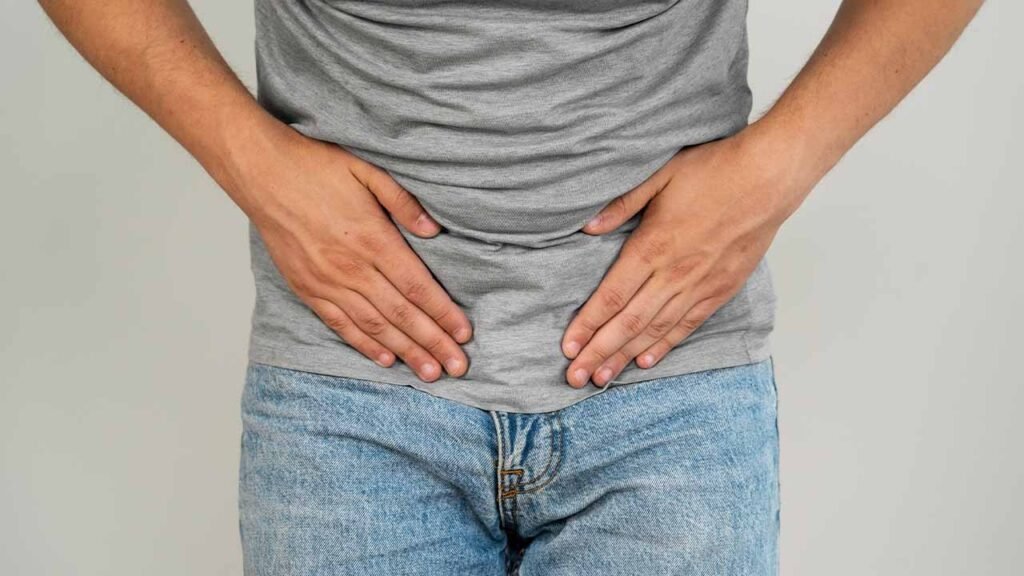Urethral stricture is a medical condition that affects the urethra, the tube that carries urine from the bladder out of the body. When this tube becomes narrowed due to scarring or other factors, it can lead to significant urinary difficulties and discomfort. Although it’s a condition that can affect anyone, it is more commonly seen in men than women due to the longer length of the male urethra.
In this blog, we’ll explore the causes, symptoms, diagnosis, and treatment options for urethral stricture to help you understand this condition better.
Causes of Urethral Stricture
Urethral stricture occurs when the urethra is narrowed by scar tissue or inflammation. Several factors can lead to the development of this condition, including:
- Injury or Trauma: Direct injury to the pelvic area, such as from a fall, accident, or surgery, can damage the urethra, leading to scarring and narrowing.
- Infections: Sexually transmitted infections (STIs) such as gonorrhea and chlamydia, or other bacterial infections, can cause inflammation and scarring in the urethra.
- Medical Procedures: Procedures involving the insertion of instruments into the urethra, such as catheterization or cystoscopy, can sometimes lead to trauma and stricture formation.
- Inflammatory Conditions: Certain inflammatory conditions, such as urethritis (inflammation of the urethra), can contribute to the development of a stricture.
- Congenital Factors: In rare cases, some individuals may be born with a naturally narrow urethra, leading to symptoms of urethral stricture.
Symptoms of Urethral Stricture
The symptoms of urethral stricture can vary in severity depending on the extent of the narrowing. Common signs and symptoms include:
- Difficulty Urinating: A weak urine stream, straining to urinate, or a prolonged time to start urination are common symptoms.
- Frequent Urination: The need to urinate more frequently, often accompanied by a sense of urgency.
- Incomplete Bladder Emptying: Feeling that the bladder is not completely empty after urinating.
- Urinary Retention: In severe cases, the flow of urine may be blocked completely, leading to an inability to urinate, which is a medical emergency.
- Pain or Discomfort: Pain or discomfort in the lower abdomen, pelvis, or during urination can occur.
- Blood in the Urine: Hematuria, or blood in the urine, can be a sign of urethral stricture.
- Urinary Tract Infections (UTIs): Recurrent UTIs may be associated with urethral strictures due to the inability to completely empty the bladder.
Diagnosis of Urethral Stricture
If you experience symptoms suggestive of urethral stricture, it’s important to seek medical attention. Diagnosis typically involves:
- Medical History and Physical Examination: Your healthcare provider will review your medical history and conduct a physical examination.
- Uroflowmetry: A test that measures the rate of urine flow, helping to identify any abnormalities in the urinary stream.
- Cystoscopy: A procedure where a thin, flexible tube with a camera (cystoscope) is inserted into the urethra to visually inspect the urethra and bladder.
- Retrograde Urethrogram: An X-ray procedure where contrast dye is injected into the urethra to visualize the location and length of the stricture.
Treatment Options for Urethral Stricture
Treatment for urethral stricture depends on the severity and location of the narrowing. Common treatment options include:
- Dilation: Gradually stretching the urethra using dilators can widen the stricture. This is often a temporary solution, as strictures can recur.
- Urethrotomy: A minimally invasive procedure where a small incision is made in the stricture using a special instrument to widen the urethra.
- Urethral Reconstruction (Urethroplasty): In more severe cases, surgical reconstruction of the urethra may be necessary. This involves removing the narrowed segment and reconnecting the healthy sections.
- Catheterization: In cases of complete urinary retention, a catheter may be inserted to drain the bladder until further treatment can be provided.
- Regular Monitoring: For some individuals, regular monitoring and follow-up with a urologist may be recommended to manage the condition and prevent complications.
Conclusion
Urethral stricture is a condition that can significantly impact a person’s quality of life, but with appropriate diagnosis and treatment, the symptoms can be effectively managed. If you are experiencing any of the symptoms associated with urethral stricture, it’s important to consult a healthcare provider for a thorough evaluation and to discuss the best treatment options for your situation. Early intervention can help prevent complications and improve long-term outcomes.

